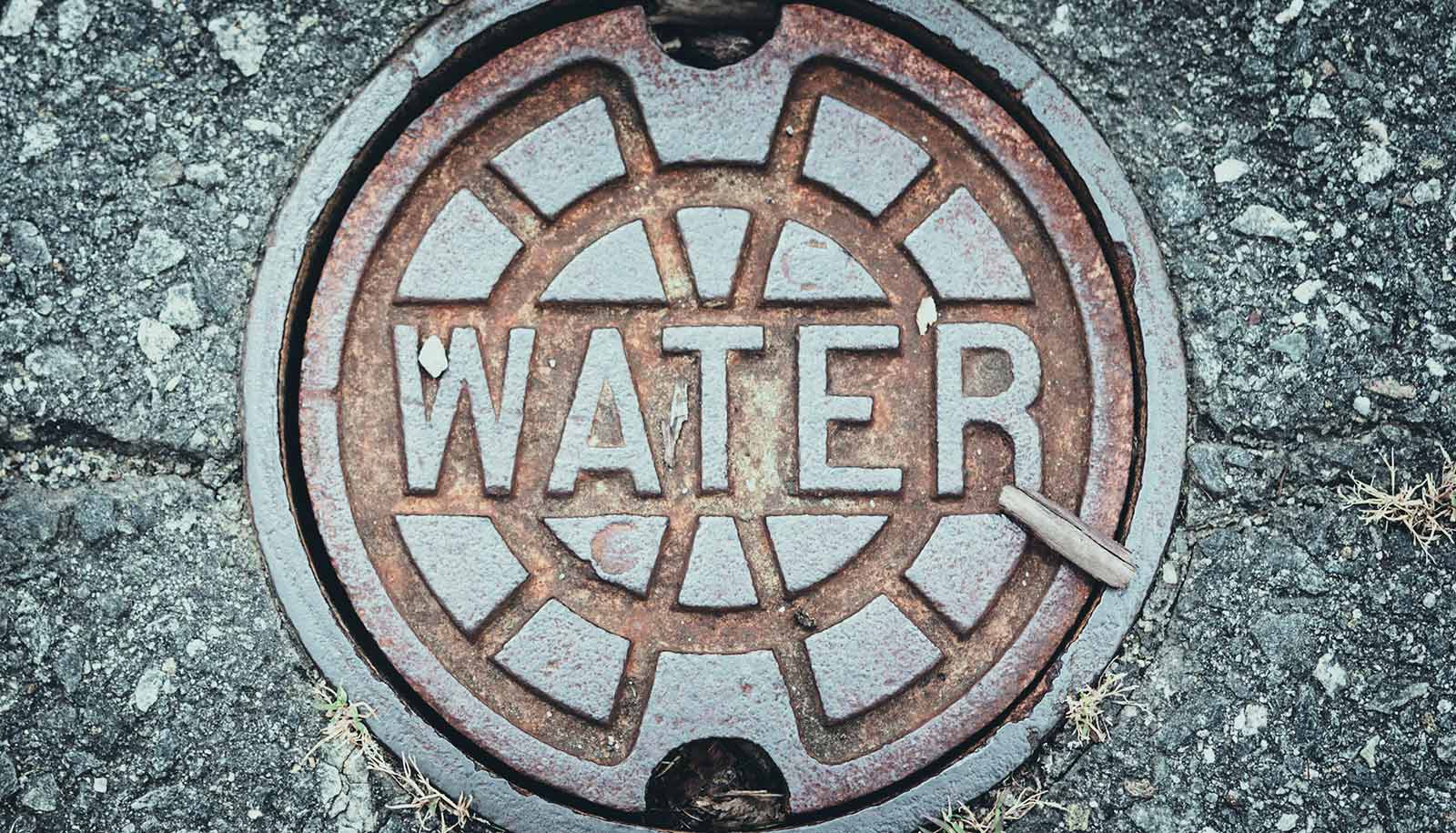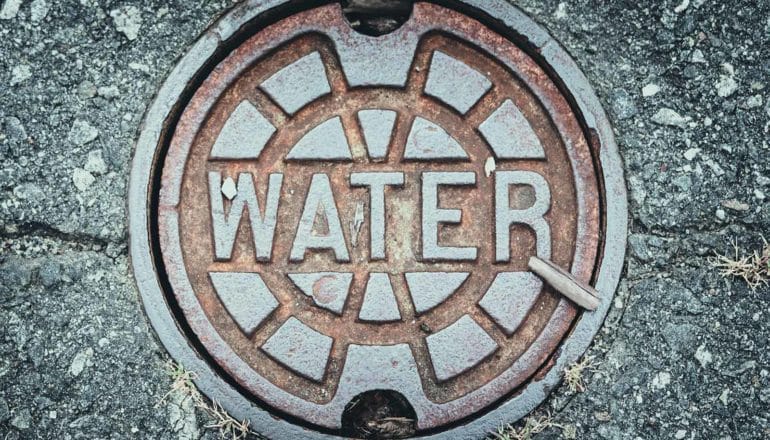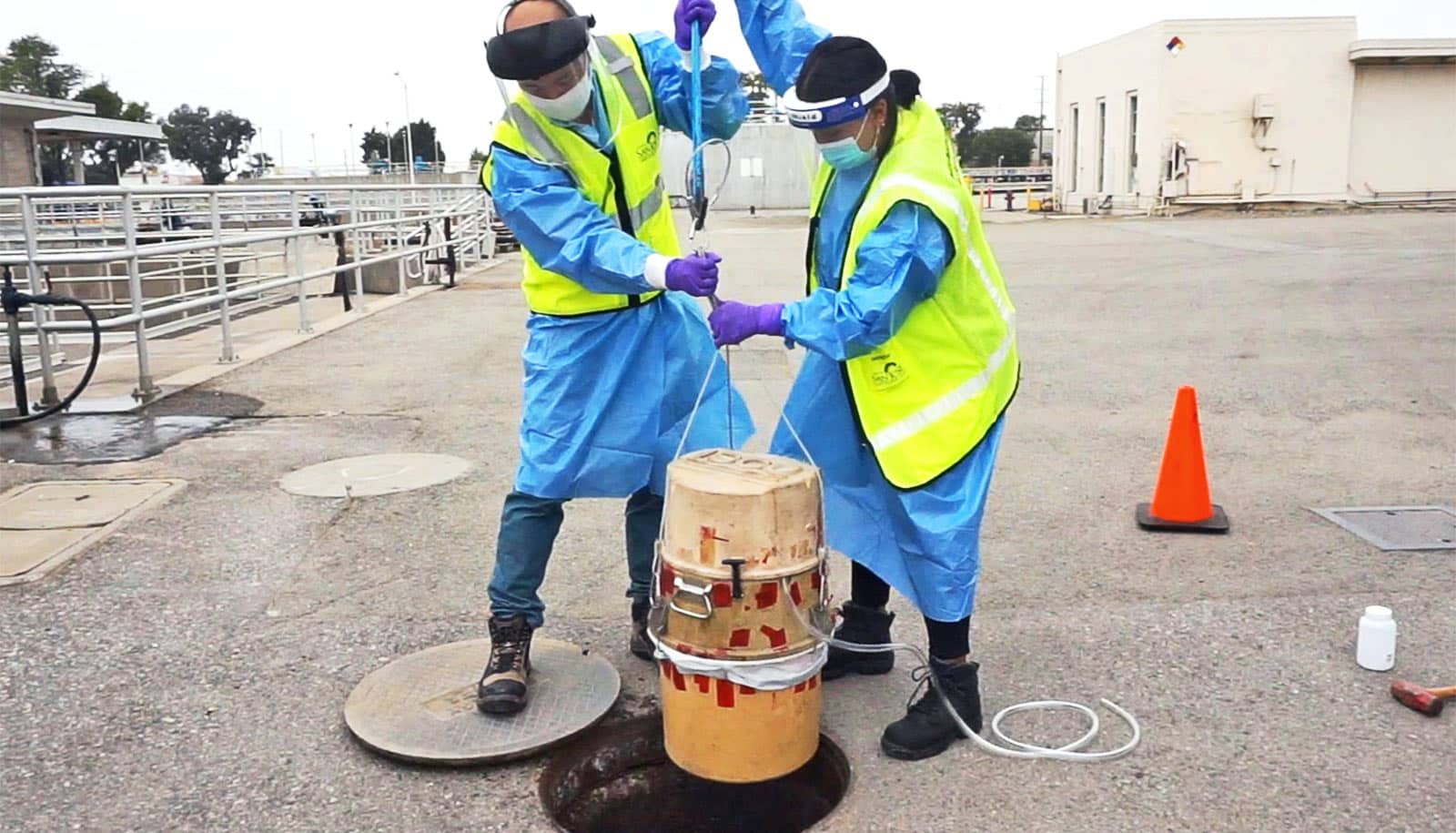
"Testing the wastewater gives you an idea of the number of cases within a community and if the numbers are increasing or decreasing," says Ian Pepper. (Credit: Getty Images )
Team tracks coronavirus in wastewater
Testing for the new coronavirus in wastewater to trace its prevalence in US communities could help public health officials better prepare for the future.

As the spread of the new coronavirus continues, researchers are using municipal wastewater to monitor the incidence of the virus in communities across the United States.
Researchers say they can use sewage surveillance to determine if the virus exists in a community, even if people have no symptoms, and can also ensure the effectiveness of a municipality’s wastewater treatment process.
“Testing the wastewater gives you an idea of the number of cases within a community and if the numbers are increasing or decreasing,” says Ian Pepper, director of the Water and Energy Sustainable Technology Center (WEST) at the University of Arizona and a BIO5 Institute member.
“The approach can also be used to help determine if an intervention is working to reduce the transmission of the virus.”
“We will be able to determine if the virus persists in the community even if there are no reported new cases,” says Charles Gerba, a microbiologist and professor of environmental science in the College of Agriculture and Life Sciences. “To me, it’s a key to tracing the spread of a virus.”
Poliovirus studies
Environmental microbiologists have used sewage monitoring programs to study pathogenic viruses for decades, most notably in public health efforts to globally eradicate the poliovirus.
Through the development of the polio vaccine and global vaccination programs, the transmission of the poliovirus has fallen dramatically in the last 26 years. However, three countries have ongoing transmission—Nigeria, Afghanistan, and Pakistan.
To detect polio transmission in a community, epidemiologists typically rely on reported cases of acute flaccid paralysis; however, the severe condition only occurs in a fraction of infections.
Because people may be infected without displaying symptoms or paralysis, experts have used environmental surveillance programs to pinpoint silent transmission of the poliovirus through viral shedding found in community wastewater.
With advanced laboratory capabilities and expertise in coronavirus research, the WEST Center can conduct sewage surveillance for COVID-19. Co-located within the Pima County Wastewater Treatment Plant, the facility has extensive expertise in the detection of human pathogenic viruses in wastewater.
“We have tested for hepatitis A, enteroviruses, and noroviruses. We have approximately 15 different viruses that we regularly test for in sewage and recycled waters for reuse applications,” says Walter Betancourt, a microbiologist with expertise in environmental virology and assistant research professor in the Department of Environmental Science.
Coronavirus in wastewater
Named for the crown-like spikes on their surface, researchers first identified coronaviruses in the mid-1960s. Worldwide, seven different coronaviruses are known to infect people and cause illness. Four of the coronaviruses are quite common. Three others, including MERS-CoV, SARS-CoV, and SARS-CoV-2, emerged in more recent years and are examples of zoonotic viruses that once infected only animals but made the species jump to humans.
COVID-19 is a new disease, and there remains a great deal to learn regarding transmission, the severity of the illness it causes, and to what extent it may spread in the United States, according to the US Centers for Disease Control and Prevention.
The WEST Center conducted a study in 2008 that measured the survival of coronaviruses in wastewater and found they die off rapidly in wastewater, with a 99.9% reduction in two to three days.
With their sewage surveillance program, the researchers will use molecular methods and nucleic acid targets recommended by the CDC to detect SARS-CoV-2 genetic markers in sewage samples collected prior to and following wastewater treatment.
As researchers investigate the new strain of coronavirus, experts at the WEST Center say they hope to correlate viral concentrations in sewage with recorded numbers of infections to help public health officials better prepare for the future.
Further investigations based on sewage surveillance and more recent next-generation sequencing approaches may help identify variants circulating in the population and assess the effectiveness of mitigation strategies to control and prevent the disease.
Source: University of Arizona
The post Team tracks coronavirus in wastewater appeared first on Futurity.
Share this article:
This article uses material from the Futurity article, and is licenced under a CC BY-SA 4.0 International License. Images, videos and audio are available under their respective licenses.
Related Articles:
Can we ‘trap and zap’ the coronavirus?
April 24, 2020 • futurityWastewater testing tracks COVID infection trends
Dec. 14, 2020 • futurityLinks/images:
- https://west.arizona.edu/person/ian-pepper?_ga=2.87398680.1658760757.1585923541-651571237.1581634340
- https://www.futurity.org/covid-19-transmission-pathways-2320392-2/
- https://www.futurity.org/covid-19-transmission-pathways-2320392-2/
- https://www.futurity.org/polyomavirus-cells-virus-1445982-2/
- https://www.futurity.org/covid-19-symptoms-after-exposure-2302932/
- https://www.futurity.org/sewage-sludge-grease-methane-2210892-2/
- https://uanews.arizona.edu/story/uarizona-tracking-coronavirus-through-wastewater-across-us
- https://www.futurity.org/coronavirus-in-wastewater-2326802-2/
- https://www.futurity.org


